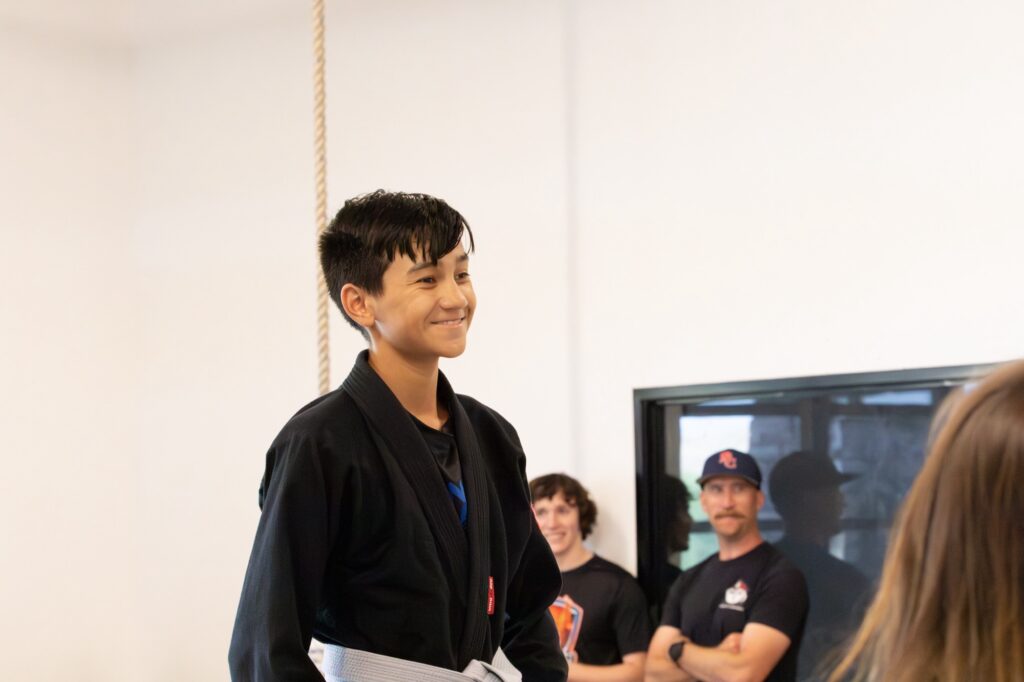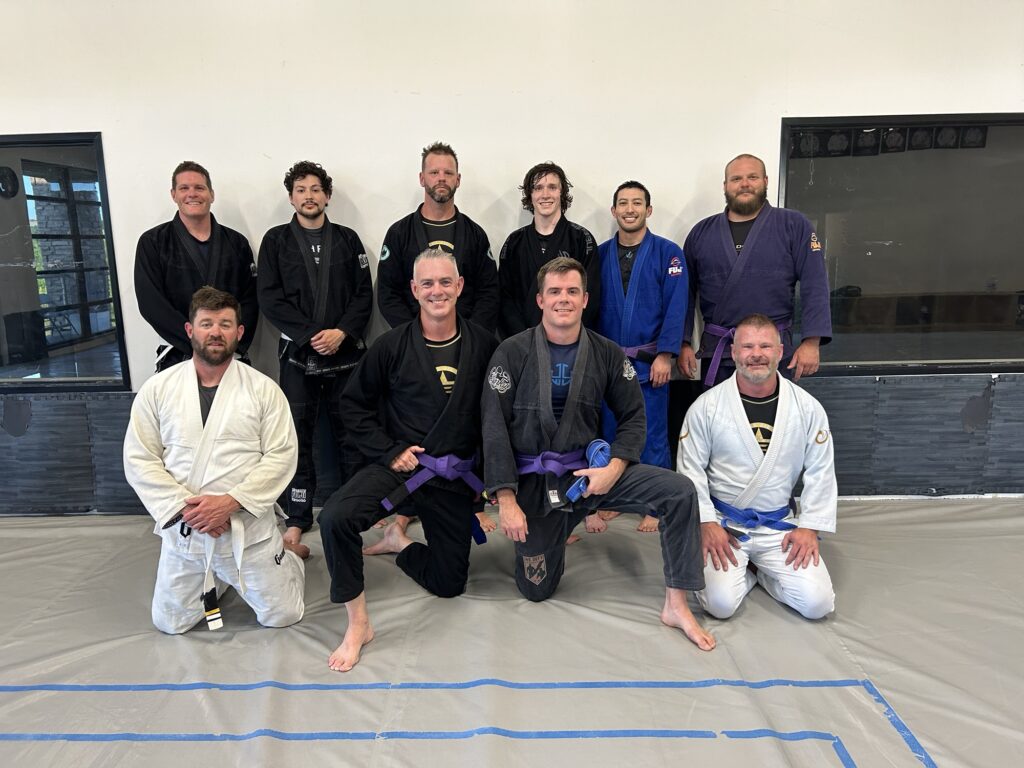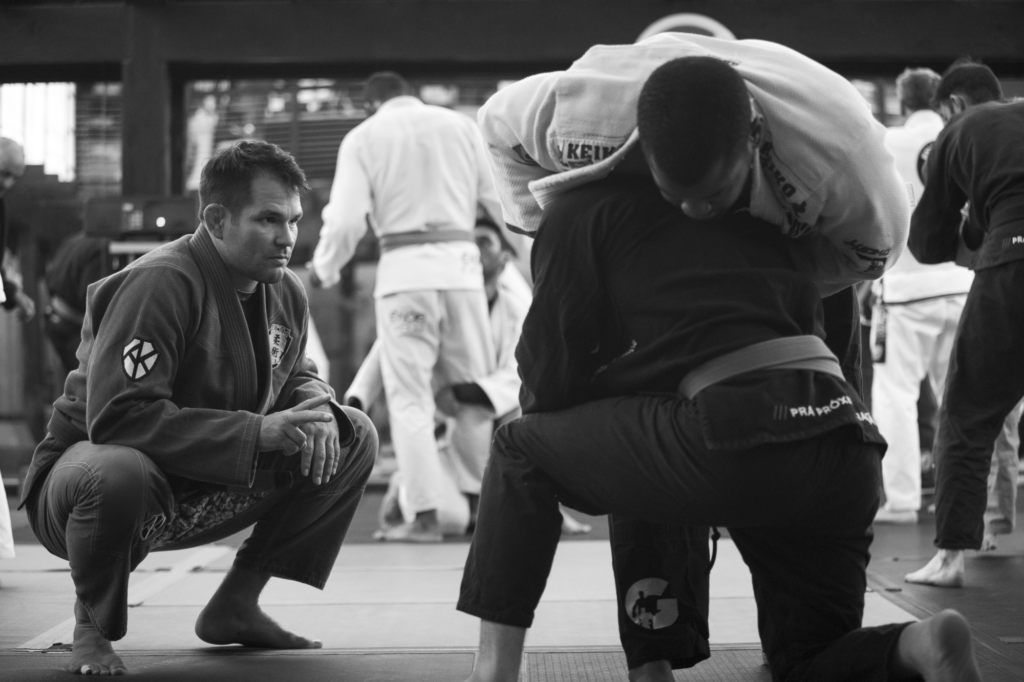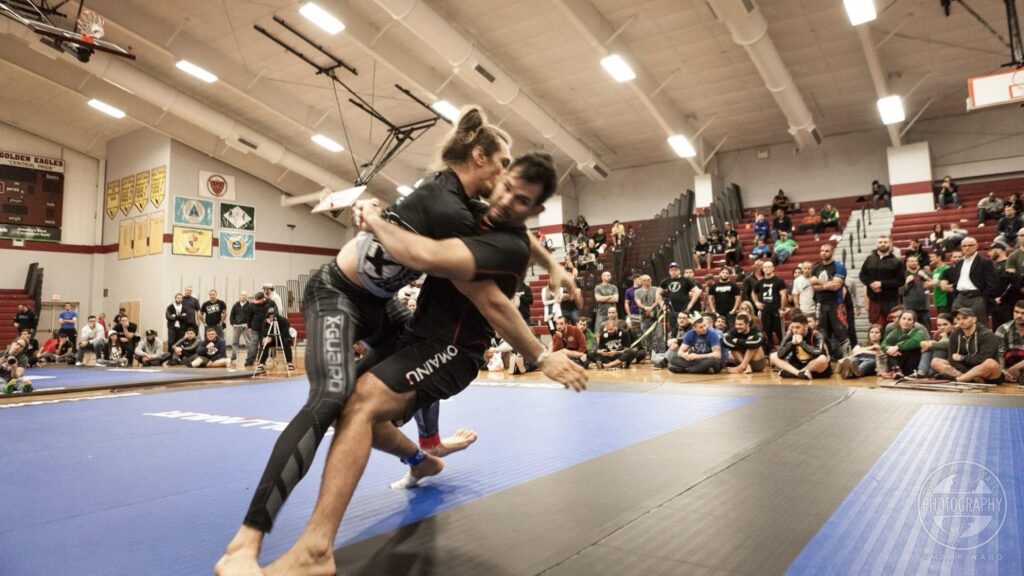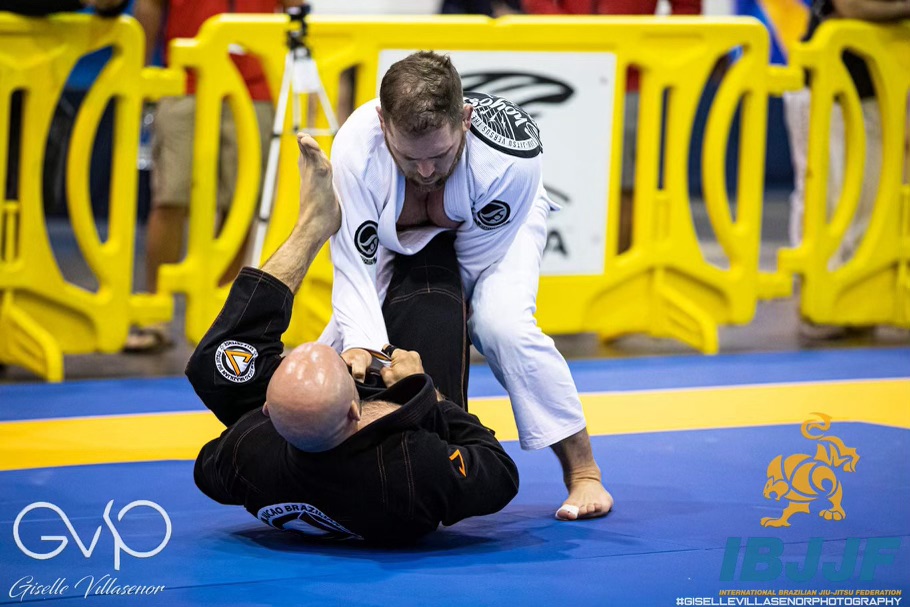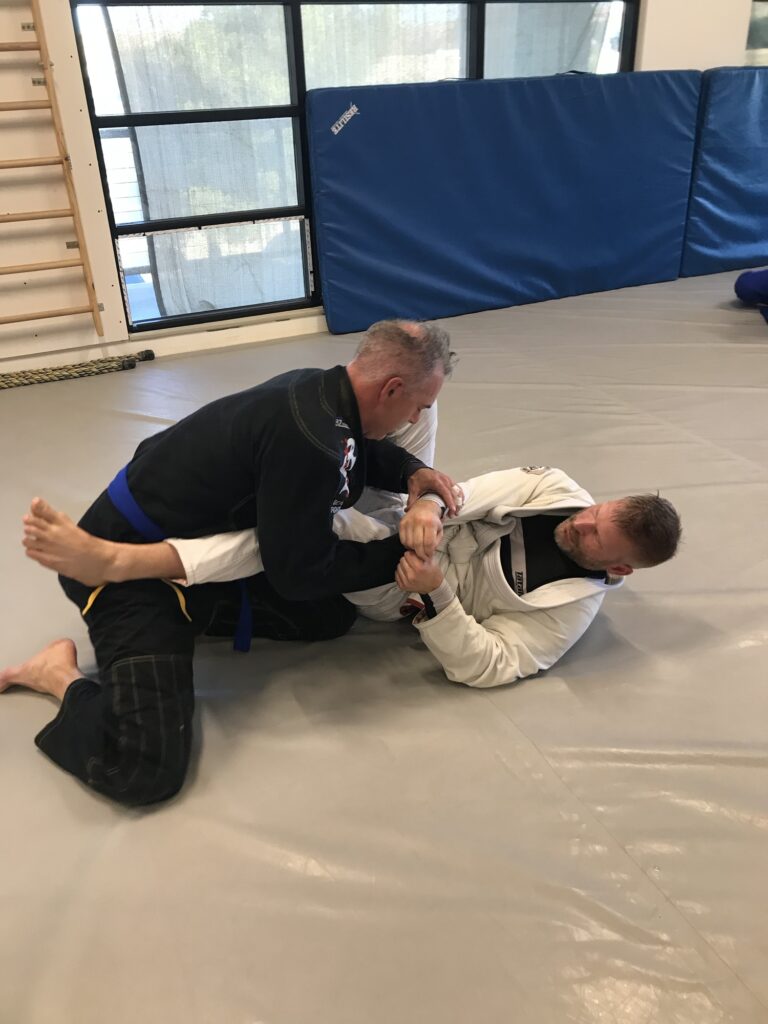At El Dorado Hills Jiu Jitsu, we emphasize the importance of movement efficiency, control, and longevity on the mats. One of the often-overlooked aspects of improving movement in Jiu Jitsu is flexibility training. Developing flexibility doesn’t just help with injury prevention—it enhances your ability to flow between techniques, maintain strong positions, and apply submissions with greater ease.
Kit Laughlin’s Approach to Flexibility
One of the leading figures in the field of flexibility training is Kit Laughlin, whose principles focus on:
- Progressive Stretching: Moving beyond passive flexibility by incorporating contract-relax techniques that help the body gradually adapt to greater ranges of motion.
- End-Range Strength: Developing strength in stretched positions, ensuring that flexibility isn’t just passive but functional.
- Dynamic Movement: Using controlled movement to improve flexibility dynamically, rather than relying solely on static stretching.
These principles are especially valuable in Jiu Jitsu, where flexibility isn’t just about being able to stretch further—it’s about being able to move effectively in challenging positions.
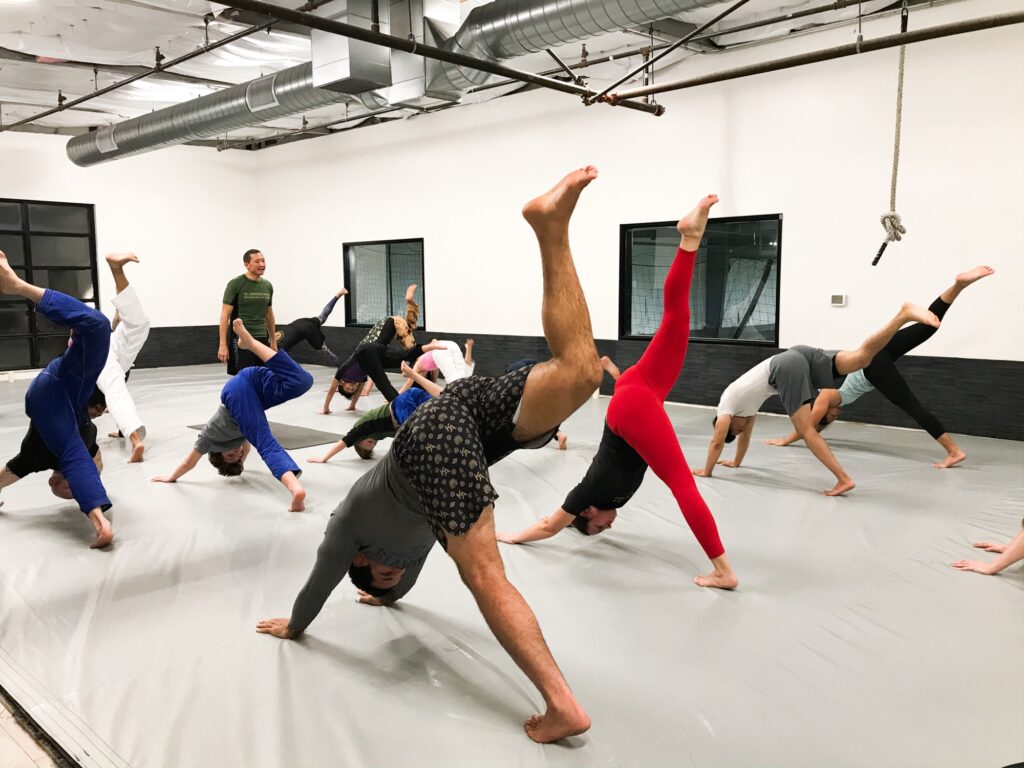
How We Incorporate Flexibility Training in Our Classes
At El Dorado Hills Jiu Jitsu, we integrate flexibility work into our training in several ways:
- Warm-Ups with Purpose: Rather than generic static stretches, our warm-ups often include mobility drills that open up the hips, shoulders, and spine—areas crucial for effective grappling.
- Dynamic Stretching for Movement Prep: Before drilling, we use controlled, movement-based flexibility exercises to prepare the body for Jiu Jitsu-specific positions.
- End-Range Strength Training: Certain drills help build strength in stretched positions, such as working from deep squats, modified splits, and bridge positions to improve hip and spine mobility.
- Cool-Down and Recovery: After training, we incorporate longer-held stretches and relaxation techniques to enhance recovery and maintain flexibility over time.
Why It Matters for Your Jiu Jitsu
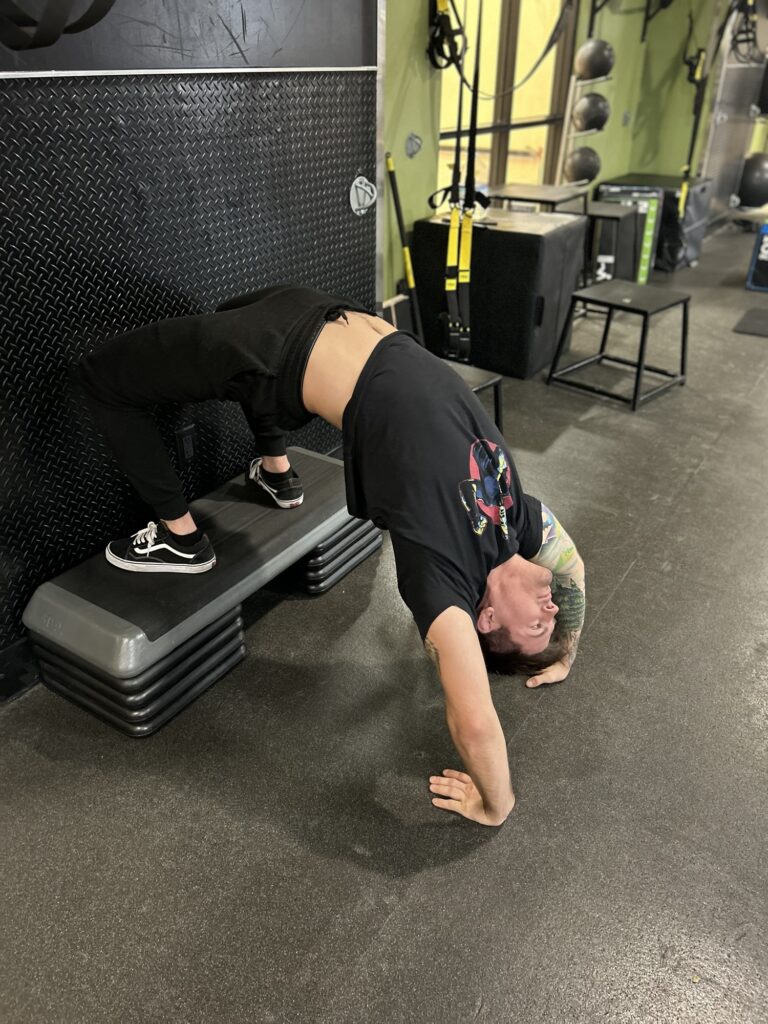
Increased flexibility means:
- Better Guard Retention & Recovery – More mobility in the hips and hamstrings allows you to recover guard more effectively.
- Improved Defense – Flexible shoulders and hips can help you escape submissions with greater movement in the hips and shoulders.
- Greater Longevity in the Sport – A flexible body is more resilient, reducing the risk of injuries that can sideline your training.
If you’re looking to improve your movement in Jiu Jitsu, consider focusing more on flexibility training. At EDH Jiu Jitsu, we’re committed to helping our students move better, train smarter, and stay on the mats for years to come. See you on the mats!

